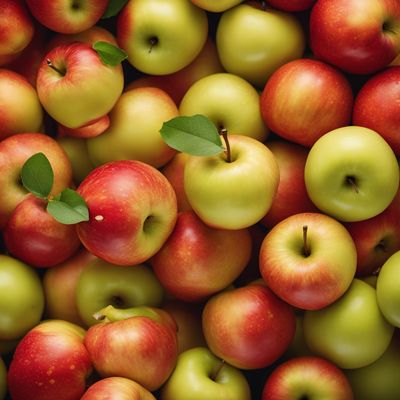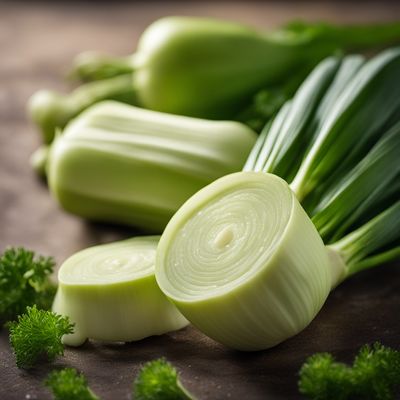
Ingredient
Tropical flavour
Exotic Delights: Unleashing the Vibrant Essence of the Tropics
Tropical flavor is a delightful combination of fruity, tangy, and sweet notes that transport you to a tropical paradise. It is characterized by its vibrant and refreshing taste, reminiscent of tropical fruits like pineapple, mango, passion fruit, and coconut. The flavor profile is often accompanied by a hint of acidity, adding a zesty twist to any dish or drink. Its texture can vary depending on the form it takes, ranging from smooth and creamy to juicy and pulpy. The appearance of tropical flavor is often bright and colorful, reflecting the tropical fruits it embodies.
Origins and history
The origins of tropical flavor can be traced back to the tropical regions of the world, including Southeast Asia, the Caribbean, and South America. These regions are known for their abundance of tropical fruits, which have been enjoyed by indigenous cultures for centuries. The popularity of tropical flavors spread globally through colonization and trade routes, with explorers and traders introducing these exotic fruits and flavors to new territories. Today, tropical flavor has become a beloved element in various cuisines and is synonymous with vacation vibes and summertime indulgence.
Nutritional information
Tropical flavor is a rich source of essential vitamins, minerals, and antioxidants. It provides a burst of natural sweetness without the need for added sugars, making it a healthier alternative for flavoring beverages and desserts.
How to select
When selecting tropical flavor, opt for high-quality products that use natural extracts or essences derived from tropical fruits. Look for reputable brands that prioritize sourcing ingredients sustainably and ethically. Check the ingredient list to ensure there are no artificial additives or preservatives.
Storage recommendations
To maintain the freshness and quality of tropical flavor, store it in a cool, dry place away from direct sunlight. If using a liquid form, ensure the container is tightly sealed to prevent oxidation and flavor degradation.
How to produce
Tropical flavor can be produced by combining various tropical fruits, such as pineapple, mango, passion fruit, and coconut, in different ratios to achieve the desired flavor profile. The fruits can be juiced, pureed, or blended together to create a concentrated tropical flavor that can be used in a variety of culinary applications.
Preparation tips
Tropical flavor can be used in a myriad of ways to enhance both sweet and savory dishes. Add a few drops of tropical flavor to smoothies, cocktails, or mocktails for a burst of exotic taste. Incorporate it into marinades, dressings, or sauces to elevate the flavors of grilled meats, seafood, or salads. It can also be used in baking to infuse cakes, cookies, or muffins with a tropical twist. Experiment with different combinations and let your creativity soar.
Culinary uses
Tropical flavor is widely used in beverages, desserts, and savory dishes. It is a popular choice for tropical-themed cocktails, fruit punches, and smoothies. In desserts, it can be used to flavor ice creams, sorbets, cakes, and tropical fruit salads. In savory dishes, tropical flavor can be incorporated into marinades for grilled meats, glazes for seafood, or dressings for salads.
Availability
Tropical flavor is available worldwide, as it can be found in various forms such as extracts, syrups, concentrates, or powdered mixes. It is commonly used in both commercial food production and home cooking.
More ingredients from this category » Browse all

Tiramisu' flavour
The Irresistible Essence of Tiramisu'

Apple flavour
The Essence of Apples

Grape flavour
The Essence of Grape: Unlocking the Flavorful Delights

Pork flavour
Savory Sensation: Unleashing the Essence of Pork

Cappuccino flavour
Indulge in the Richness of Cappuccino Flavor

Tomato flavour
The Essence of Tomato: Unleashing the Flavors

Extra hot flavour
Fiery Heat: Extra Hot Flavor

Beef flavour
The Savory Essence: Beef Flavor

Leek flavour
"The Subtle Allure of Leek: Unveiling the Delicate Flavors of this Versatile Ingredient"

Hibyscus flavour
"The Vibrant Essence: Exploring the Delightful Hibiscus Flavor"

Caramel flavour
The Sweet Symphony of Caramel

Kirsch flavour
The Essence of Cherry Elegance